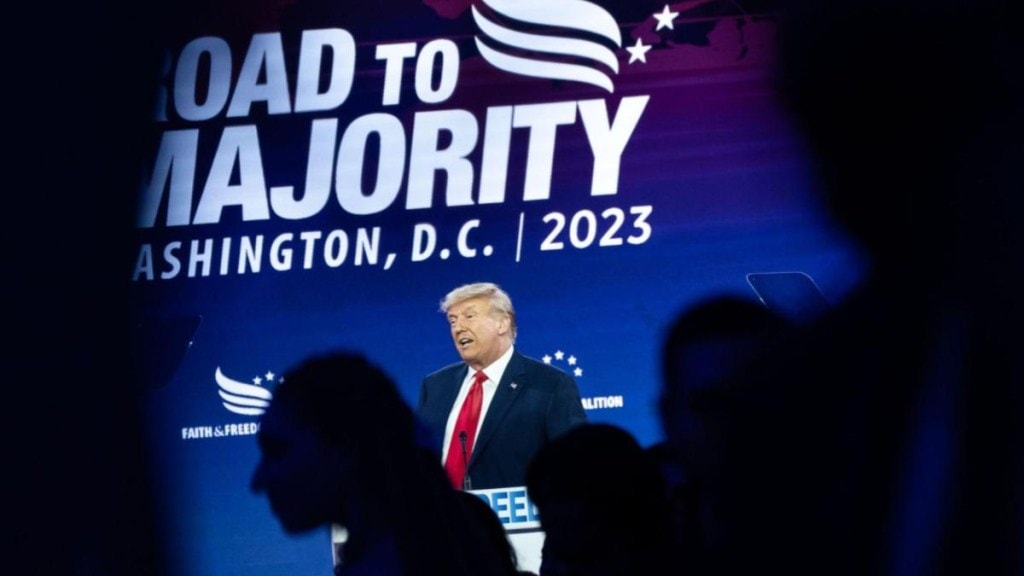With his second term, Donald Trump is doubling down on an energy-driven foreign policy, emphasizing oil as a core component of U.S. economic and geopolitical power. This strategy aims to not only increase domestic production but also exert influence globally, particularly in the Middle East and Arctic regions.
Trump’s Strategy on Iran and Middle Eastern Oil
Trump’s foreign policy aims to reassert control over oil markets, starting with his stance on Iran. After the Obama administration’s nuclear deal lifted sanctions, Iran resumed oil exports, which many argue destabilized the region. Trump, however, intends to reinstate his “maximum pressure” campaign, targeting Iran’s oil sector. By re-imposing sanctions, Trump aims to choke off Iran’s oil exports, which would not only weaken the Iranian economy but also reduce a key competitor’s influence in the oil market. For the U.S., this could boost domestic oil prices and strengthen American energy independence.
The Arctic: US Energy Dominance and Russia’s Influence
Another critical element of Trump’s oil strategy is the Arctic National Wildlife Refuge (ANWR). While the Biden administration halted oil exploration in this pristine region, Trump is set to reverse these policies. The Arctic holds vast untapped oil reserves, and Trump views drilling there as a way to bolster U.S. energy independence and create jobs. However, the move is highly controversial, with environmental groups warning of irreversible damage to the region’s fragile ecosystems.
Beyond the U.S., Russia has been steadily increasing its military and oil activities in the Arctic, which makes the region even more significant. By pushing for increased drilling, the U.S. could reduce its reliance on Russian oil, which is a growing concern for both energy security and geopolitical competition. The Arctic is becoming a key arena for competition between Russia and the U.S., both eyeing its rich natural resources.
Impact on India
For India, which imports a significant portion of its oil from the Middle East and other regions, Trump’s energy policies could have several direct and indirect consequences.
•Oil Prices and Supply Chains: Trump’s efforts to restrict Iranian oil exports could push India to source oil from other suppliers, such as Russia, Saudi Arabia, or even the U.S. This diversification might help stabilize energy supply but could also raise costs, particularly if global oil prices spike due to tightened supply.
•Geopolitical Alignments: As the U.S. seeks to contain Iran’s oil influence, India may find itself balancing its long-standing ties with Iran (particularly in the Chabahar port project) with its growing partnership with the U.S. in energy and defense. The Arctic, while distant, could indirectly impact India as global oil prices fluctuate and Russia’s energy dominance grows.
•Environmental Concerns and Policy Adjustments: India’s domestic push for cleaner energy could be at odds with Trump’s fossil fuel expansion. As a major consumer of energy, India may face pressure to align with global shifts towards renewable energy, even as the U.S. and other countries double down on oil. This could drive India to adopt more green energy policies while securing alternative oil sources.
Bottomline
Trump’s oil-centric foreign policy seeks to enhance U.S. energy independence and geopolitical influence, particularly through actions aimed at Iran and oil drilling in the Arctic. For India, these shifts could lead to changes in oil pricing, sourcing, and geopolitical alliances. While U.S. actions may provide short-term opportunities for energy security, India’s long-term energy strategy will likely require balancing these developments with its commitment to sustainable energy and climate goals.

